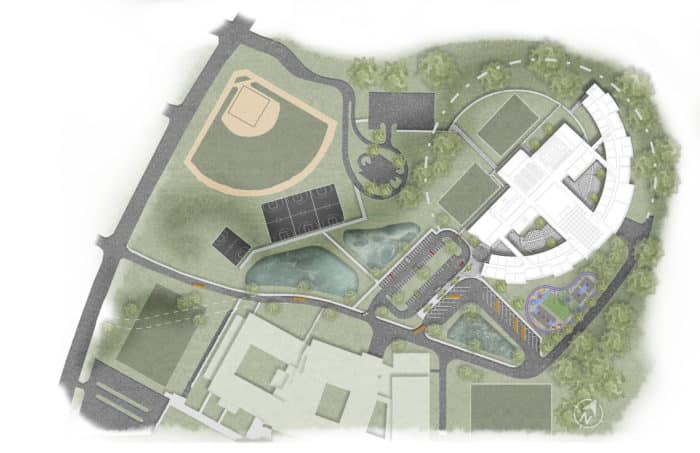Design Series – Article 1
With the advancement of technology over the past decade, the architectural profession has rapidly adapted to a world where precise geometry input, data analysis and spreadsheets immerse our screens daily. The way architects fundamentally look at building design has concurrently changed due to the integration and dependence on technology. Architects can have greater and faster output, share ideas more efficiently and visually communicate ideas in an effective manner. Standardization of details have become more relevant. There is no doubt that technology has made the architectural profession better and more accessible to many architects within the industry. The industry seems to have mastered or is at-least well on its way to mastering how efficiently the different parts of architecture are put together to create a building design.
But what if architecture is more than the sum of its parts?
In architecture school, we are taught that the fundamental difference between a building and architecture is the art integrated into architecture, or ‘Art-itecture’. Art, in its purest form is an expression of beauty or emotion. These are manifested based on the eye of the beholder. In the same way, our role as architects is to create a built expression that changes the landscape for the better. The architect’s goal is to marry the landscape with the architecture as such so that one cannot perceive the site canvas without the art .

While art can be expressed in any medium- paint, sculpture, poetry, writing, theater, film etc., the media to express architecture also varies. Whether it is CAD, BIM modeling, budget spreadsheets or sketching, the goal for all of these are the same. They complement each other just like how an artist utilizes mixed medium to create a unified piece of art that tells a story. At the end of the day, the layered design approach fades to the background while the finished work is visible through the lens of an objective viewer whose emotions are stirred. Like art, architecture carries a certain vulnerability when complete due to the intimate details of the design being openly displayed and experienced by the public, open to interpretation and opinion.

A new school building is impactful for generations and brings a sense of pride within the community. The expression of physical beauty in the form of architecture triggers an emotional response from the community. There is no data that can define how excited a child is to go to their new school everyday or the sense of pride from a parent that knows their tax dollars have helped to advance education opportunities for their children and generations to come. These feelings are priceless.
And this summarizes how the art of architecture should truly be defined-priceless.




